How Much Does It Cost to Replace a Roof in 2024?
When it comes to fixing up your home, there’s one project that tends to make homeowners a bit nervous: replacing the roof. And it’s no wonder – your roof is like a shield, keeping your house safe from all kinds of weather, especially in a place like Texas where storms can be pretty rough. The size of your home and roof, the materials you pick, and how tricky the installation is can all affect how much it costs to replace your roof. Plus, the bigger your house, the more you might end up paying.
It’s not just the cost, however, as a deteriorating roof can cause several issues, such as leaks and structural damage. In Texas, where weather conditions can be particularly harsh, a sturdy roof is crucial to protect your home. While it may seem overwhelming to consider roof replacement, it’s important to take the time to make informed decisions to ensure the longevity of your new roof.
Trying to save money by cutting corners could end up costing you more in the long run. Instead, it’s smart to understand all the different parts of the process and make choices that will keep your roof in good shape for years to come. This guide aims to provide you with an overview of the costs involved in replacing your roof, including factors that affect the cost.
Understanding the Average Roof Replacement Cost
Your roof serves as a vital shield for your home, protecting it from the elements and enhancing its overall appearance. However, over time, wear and tear may necessitate a full roof replacement. The cost of such a project can vary widely, with an average expenditure of approximately $7,500 to $7,750 for a 2,000-square-foot roof. The range of costs for different roof sizes can extend from $3,500 to $11,750, depending on various factors such as roof type, size, and slope.
In Texas, where construction costs tend to be more manageable thanks to factors like the absence of state income taxes and accessible building materials, homeowners typically spend around $3,400 for the lowest possible cost of roof replacement and up to $75,000 for the highest possible cost. However, before beginning a roof replacement project, it’s crucial to thoroughly consider your options and budgetary limits.
Despite the potential for significant costs, it’s worth noting that Texas generally offers more affordable roofing solutions compared to national averages. This affordability can be attributed to factors such as lower property taxes, relaxed building regulations, and the availability of construction materials.
In terms of cost per square foot, the typical installation cost ranges from $3.50 to $4.00 per square foot. However, it’s important to recognize that this figure can vary depending on various factors related to the specific requirements of your roof replacement project.
Here’s the provided cost details in a table format for easy reference:
| Cost Details | Cost Range |
|---|---|
| Average Cost for Roof Replacement (2,000 sq. ft.) | $7,500 - $7,750 |
| Range of Costs for Different Roof Sizes | $3,500 - $11,750 |
| Lowest Possible Cost for Roof Replacement | $3,400 |
| Highest Possible Cost for Roof Replacement | $75,000 |
| Typical Installation Cost Per Square Foot | $3.50 - $4.00 |
Factors Affecting Cost To Replace A Roof
Here’s a breakdown of the different factors that contribute to the total cost of replacing a roof. Keep in mind, that there are lots of things that can influence the final price, so it’s smart to talk to a roofing expert to get an accurate quote for your specific project.
1. Material Costs
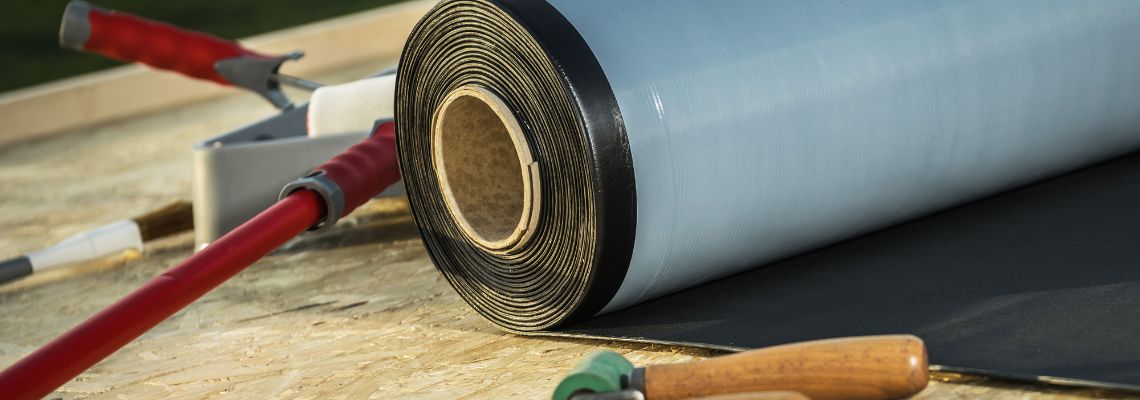
When you’re replacing your roof in Texas, a big chunk of your budget—around 40% to 60%—will go toward getting the necessary materials. These materials include things like the roofing itself—whether it’s shingles, tiles, or something else—as well as important parts like underlayment, flashing, and vents. You’ll also need to cover the costs of basic building supplies like nails, tools, and ladders.
Choosing the right roofing material is key. While some options like basic asphalt shingles might be cheaper upfront, others like slate tiles can be more expensive but last longer. It’s important to think about what’s best for your home and the Texas climate. For example, if you live in an area prone to hailstorms, you might want materials that can handle impacts better, like special shingles or metal tiles. And if wildfires are a concern, you’ll want to avoid materials that can easily catch fire, like wood.
Understanding where your money goes and picking the right materials can help you get the most out of your roof replacement project and keep your home safe and secure for years to come. Below, we’ve outlined the average costs per square foot for installing these various roofing materials in Texas:
| Roofing Material | Cost Range (per sq. ft.) |
|---|---|
| Metal | $7 - $18.00 |
| Concrete Tiles | $6.00 - $10.00 |
| Clay Tiles | $10.00 - $25.00 |
| Asphalt Shingles | $2.75 - $4.50 |
| Slate Tiles | $15.00 - $30.00 |
| Wood Shakes | $5.50 - $9.50 |
| Architectural Shingles | $4.25 - $7.25 |
2. Labor Costs
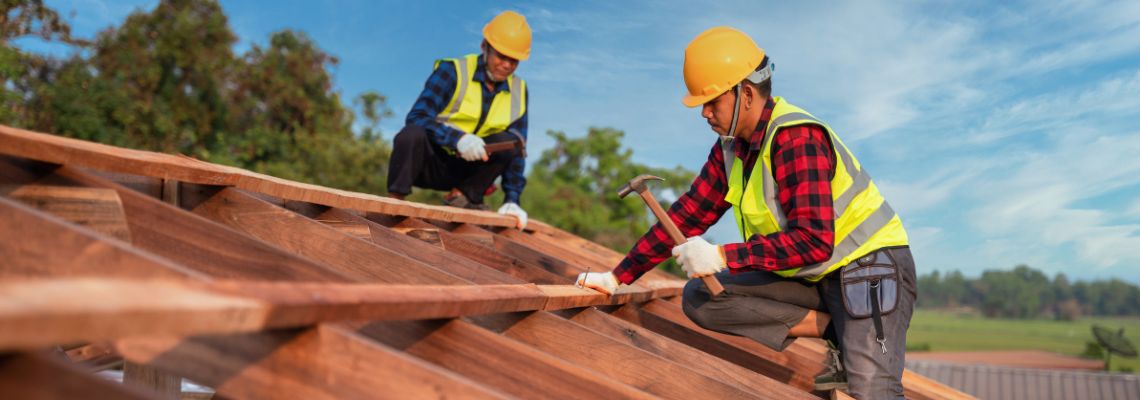
Labor costs are a crucial factor in determining the overall cost of roof replacement. It is essential to choose a professional roofing contractor with specific experience in roof replacements. They can help decide whether replacement is necessary over repairs and design a roof that best suits the home.
In Texas, the labor cost for roof replacement varies based on the roofing material and the installation complexity, ranging from $1 to $6 per square foot. However, additional costs may be incurred for underlayment, decking, or significant structural adjustments.
Homeowners need to be aware of the labor costs associated with removing the old roof unless they opt for a do-it-yourself approach. Removal costs range from $1 to $4 per square foot for most materials, with heavier materials potentially incurring higher costs. By selecting a reputable contractor and being mindful of potential labor-related expenses, homeowners can ensure a smoother and more cost-effective replacement process for their roofs.
3. Size and Pitch
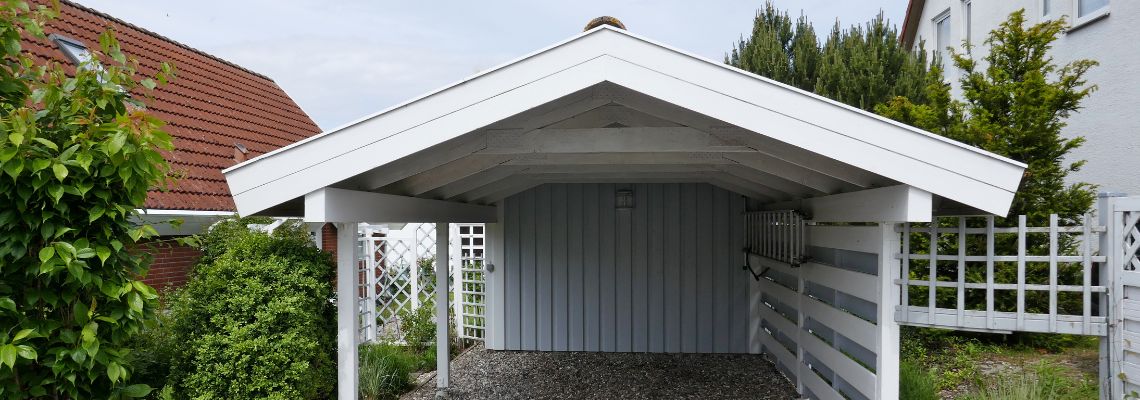
The size and steepness of your roof are the two primary factors that affect the cost of roof replacement. If your roof is big, you’ll need more materials and workers to put it in place, which means it’ll cost more. And if your roof is really steep, it’s trickier and takes longer to put on a new one, so that also adds to the cost.
Your roof’s pitch, or angle, is also crucial. Installing steeper roofs necessitates the use of unique materials and processes, which can increase the overall cost of the project. Most houses in Texas have rather steep roofs, but if yours is very steep, it will likely cost more to replace it.
Knowing how roof size and pitch impact the cost of replacement is critical for homeowners considering a new roof. Thinking about these factors, as well as other expenditures like materials and labor, allows homeowners to plan more effectively and make wise decisions to keep the price as low as possible. This helps you determine the finest roofing solution for your property while keeping costs low and ensuring that everything goes well when you install your new roof.
4. Roof Shape and Style
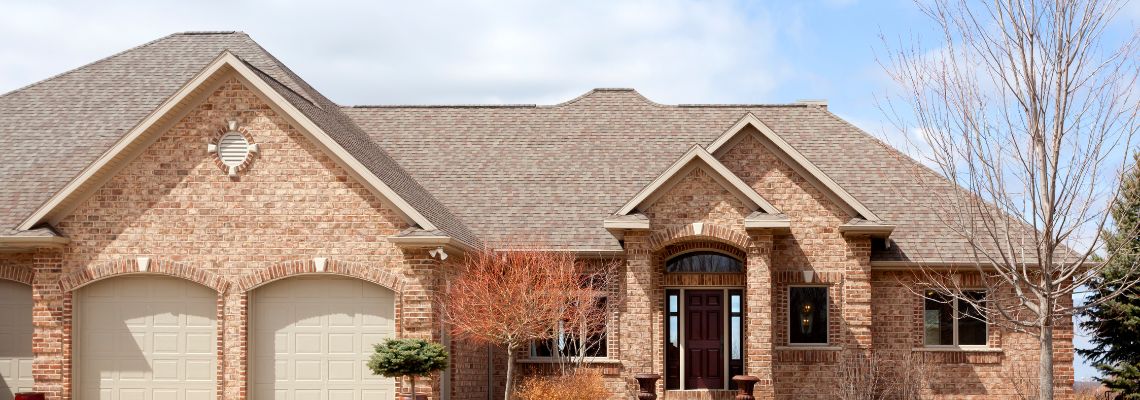
5. Permits and Fees
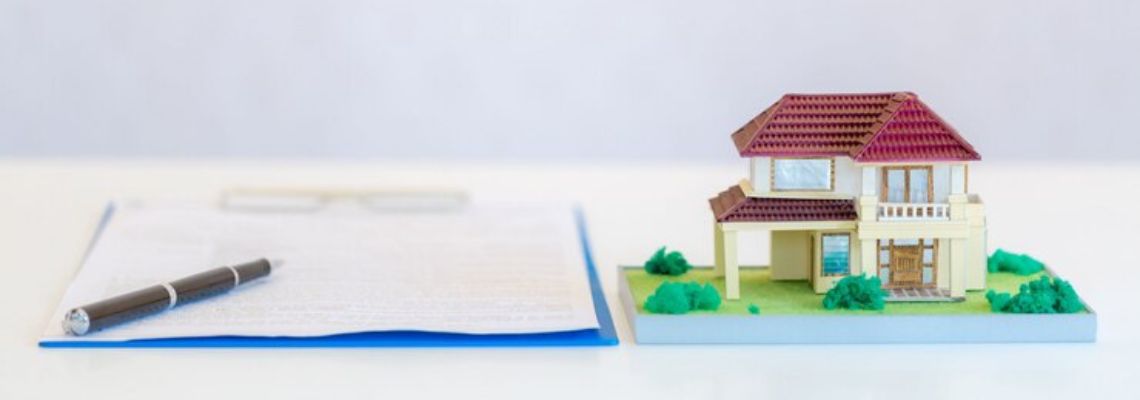
When considering the cost of replacing your roof in Texas, it’s crucial to account for permits and associated fees, which can vary depending on your location and the size of your roof. Obtaining permits for a new roof installation is often necessary, and the costs can fluctuate based on the regulations of your city or municipality.
In certain areas of Texas, homeowners may be required to obtain building permits before proceeding with a roof replacement project. These permits typically come with fees that can vary depending on the jurisdiction. Additionally, some homeowners associations (HOAs) may mandate pre-approval for aspects like shingle color or style, which can incur additional costs if overlooked.
Securing permits for roof replacement is not only a legal requirement but also a crucial step in ensuring compliance with building codes and regulations. However, the approval process for permits can sometimes be lengthy, potentially delaying the commencement of the project. Therefore, it’s advisable to obtain necessary permits well in advance to expedite the development process and avoid any unnecessary delays or additional expenses.
Partial vs. Full Roof Replacement Costs
When it comes to replacing your roof in Texas, you may have to decide between a full or partial replacement, each with its own cost implications. Partial roof replacement can be a suitable option when only a specific area of the roof is damaged or if you have a multi-tiered roof with only one section in need of repair. Choosing a partial replacement can lead to savings on both labor and materials.
However, it’s important to balance the advantages with any potential disadvantages.. Older roofs that no longer meet building codes or exhibit widespread deterioration may require a total replacement to ensure compliance and long-term stability. Moreover, replacing the entire roof at once can guarantee a uniform appearance and may be more cost-effective in the long run.
In Texas, opting for a partial roof replacement is a more budget-friendly option than a full replacement. Yet, it’s essential to consider the condition of the remaining roof sections. If they are likely to require replacement within a few years, it may be wiser to invest in a complete roof replacement now to avoid additional expenses and disruptions in the future. Ultimately, the decision between full and partial replacement depends on various factors, including the extent of damage, budget constraints, and long-term maintenance considerations.
Signs It's Time for Roof Replacement
Recognizing signs that it’s time for a roof replacement is crucial for maintaining the integrity and safety of your home. Here are some frequent signs to be aware of:
- Leaks and Water Stains: Persistent leaks or water stains on ceilings and walls are clear signs of potential roofing issues. While some leaks can be patched, extensive problems may require a complete roof replacement to prevent further damage to your home’s interior.
- Missing or Damaged Shingles: If you notice missing shingles or signs of damage such as cupping, curling, or clawing, it could indicate wear and tear or damage from severe weather conditions. Promptly addressing missing or damaged shingles can prevent further deterioration and extend the lifespan of your roof.
- Sagging Roof Deck: A drooping or sagging roof deck may signal underlying structural issues like trapped moisture, rot, or weakened supports. Addressing these issues promptly is essential to maintain the stability and safety of your home, and it may require a new roof installation.
- Granule Loss: Excessive granule loss from shingles, visible in gutters or on the ground, suggests aging and decreased protection. This may necessitate roof replacement to ensure optimal performance and durability, protecting your home from UV damage and moisture penetration.
- Age of the Roof: When deciding if it’s time for a roof replacement, consider its age and storm damage. Aging roofs, like asphalt shingles nearing 20-25 years, become vulnerable to wear, risking leaks or structural issues. Regular roof inspection helps assess its condition and prevent costly repairs down the line.
- Storm Damage: Severe weather like heavy snow, hailstorms, or hurricanes can harm your roof. After such events, inspect it thoroughly to assess damage. Even minor issues can worsen over time, leading to leaks or structural problems. Prompt repairs or replacement are vital to protect your home and maintain roof integrity.
Conclusion:
The cost of replacing a roof can vary depending on several factors like materials, labor, roof size, pitch, shape, and additional expenses such as permits or fees. Homeowners need to carefully consider these factors and budget accordingly to ensure a smooth and cost-effective roof replacement process. Regular maintenance, timely repairs, and proactive measures can also help extend the lifespan of your roof and minimize replacement costs in the long run.
If you’re looking for expert roof replacement services that are tailored to your specific needs and budget, NexLevel Roofing and Outdoor Living is the perfect choice. With years of experience and a commitment to quality craftsmanship, we provide comprehensive roofing solutions to safeguard and enhance your home. Our professional team ensures top-notch service and customer satisfaction from the initial inspection to the final installation. Trust NexLevel Roofing for all your roofing needs and enjoy peace of mind knowing that your home is in good hands.
Ready to Elevate Your Space? Let's Talk!
Experience unmatched quality and craftsmanship in the heart of Texas. At NexLevel, we specialize in transforming homes with precision roofing and bespoke outdoor living spaces. Our dedicated team combines years of expertise with top-tier materials to deliver results that not only meet but exceed expectations. Whether you’re envisioning a cozy fire pit for chilly evenings or a resilient roof to protect your home, NexLevel is your trusted partner. Dive into a world of possibilities and let us bring your vision to life.

